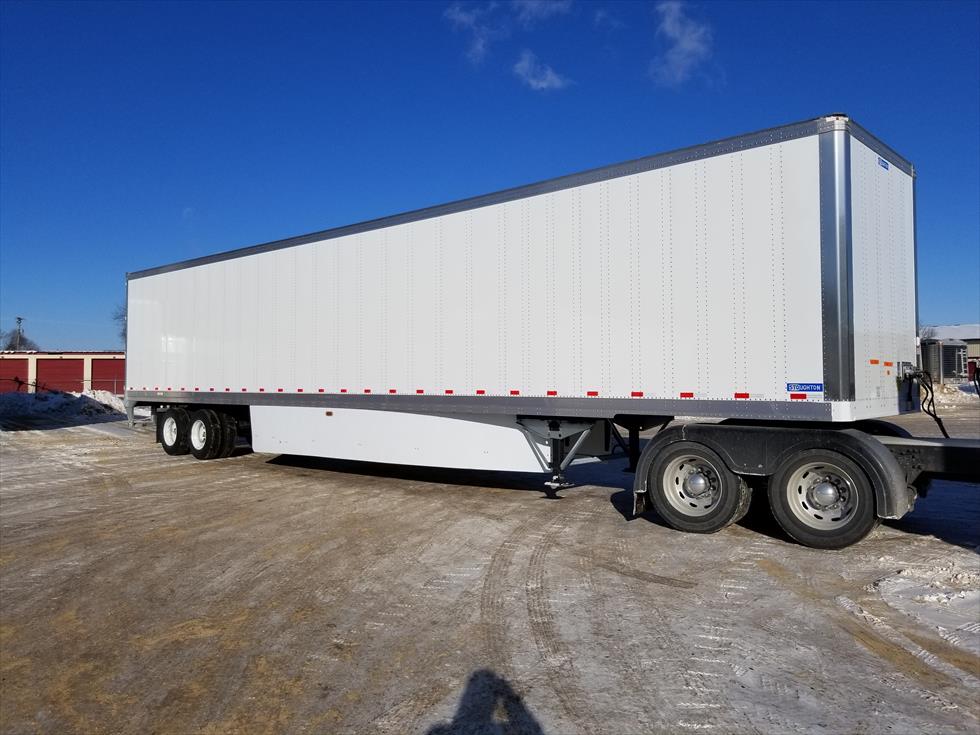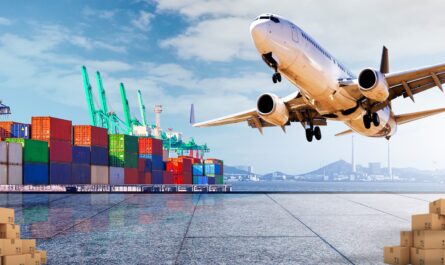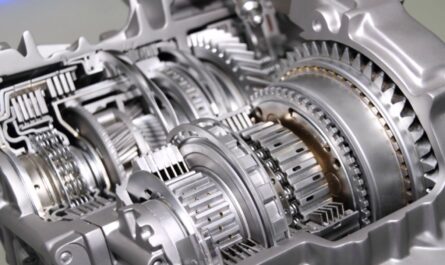The semi-trailer, commonly known as an 18-wheeler by many, has become an indispensable part of modern transportation systems around the world. Carrying an enormous amount of cargo every day, semi-trailers help move goods efficiently on a massive scale. In this article, we explore the history, types, and role of semi-trailers in shaping global supply chains.
Emergence of the Semi-Trailer
Semi-trailers first emerged in the early 20th century as a solution to inefficient wagon trains that were then used for long-distance cargo transportation. One of the early designs was created in 1913 by Alan A. Kemp of Ohio who combined a loaded wagon with a motive power unit, forming one of the first semi-trailer combinations. However, it was not until the 1930s that semi-trailers began to gain widespread adoption as better roads were constructed across America.
Companies like Fruehauf Trailer realized the efficiency of being able to easily detach the trailer from the truck after delivery, allowing the truck to quickly return for another pickup. This helped maximize payload capacity and cut costs compared to traditional wagons. Through the 1930s and 1940s, semi-trailers evolved in design and became the standard rig for cross-country freight hauling in the United States.
Types of Semi-Trailers
There are different types of semi-trailers built for various cargo requirements:
– Dry Van: The most common type, dry vans have an enclosed cargo area to haul general freight like packaged goods, appliances, and other non-perishable items. Their rigid design allows for efficient stacking.
– Flatbed: Consisting of an open platform without sides or a roof, flatbeds are used to transport heavy machinery, lumber, steel, cars, and other oversized cargo that needs protection from weather. They offer maximum versatility.
– Refrigerated (Reefer): Equipped with insulation and refrigeration units, reefers maintain controlled temperatures for perishable items like meat, seafood, produce, flowers, and pharmaceuticals during transit.
– Tanker: Used to haul liquid bulk products like chemicals, milk, juice, gasoline, and more, tankers come as dry bulk pneumatic trailers as well. Their cargo compartments are designed for smooth product transfer.
Role in Global Trade and Supply Chains
With nearly five million Semi-Trailers currently on U.S. roads according to the U.S. Department of Transportation, semi-trailers have emerged as the backbone of domestic and global supply chains. They allow cargo to be delivered over long distances in an efficient relay system. Some key aspects of their role include:
Mass Transportation of Goods
– Semi-trailers transport over 70% of all goods mileage in the United States annually. On a typical day, over 250 million tons of freight worth over $36 billion is hauled by trucks/trailers.
Just-in-Time Delivery
– Their flexibility allows precise fulfillment of customer orders and inventory replenishment through just-in-time logistics. This minimizes wastage across supply networks.
International Trade Growth
– 95% of global trade by volume is transported by sea and land, including road and rail. Semi-trailers play a vital part in cross-border containerized freight between ports, warehouses, and industrial zones worldwide.
Rural-Urban Connectivity
– By accessing areas with limited rail infrastructure, semi-trailers bring goods into and out of smaller towns from major cities. This strengthens connectivity between production and consumption centers.
Role in Economic Activity
– Transportation & warehousing is a $1.4 trillion industry in the U.S., employing over 5 million people. Semi-trailers fuel growth across manufacturing, retail, agriculture, energy, and other industries that rely on commercial freight transportation.
Future Technologies
As supply chains become more data-driven and automated in the coming decades, semi-trailer technologies are evolving as well to maximize efficiency through:
– Telematics: Sensors and wireless communications allow remote tracking of trailer locations, cargo conditions, fuel usage, driving behavior for predictive maintenance and better fleet management.
– Platooning: Automated driving systems will enable semi-trailers to platoon in tight convoys with reduced gaps for improved aerodynamics and fuel efficiency on highways.
– Lighter Materials: Use of carbon fiber and aluminum in trailer construction helps boost payloads through weight reduction compared to steel, improving profitability.
– Alternative Fuels: Semi-trailer fleets are experimenting with natural gas, electricity, and hydrogen fuel cells to transition to lower emission platforms over time in line with environmental regulations.
*Note:
1.Source: Coherent Market Insights, Public sources, Desk research
2.We have leveraged AI tools to mine information and compile it



